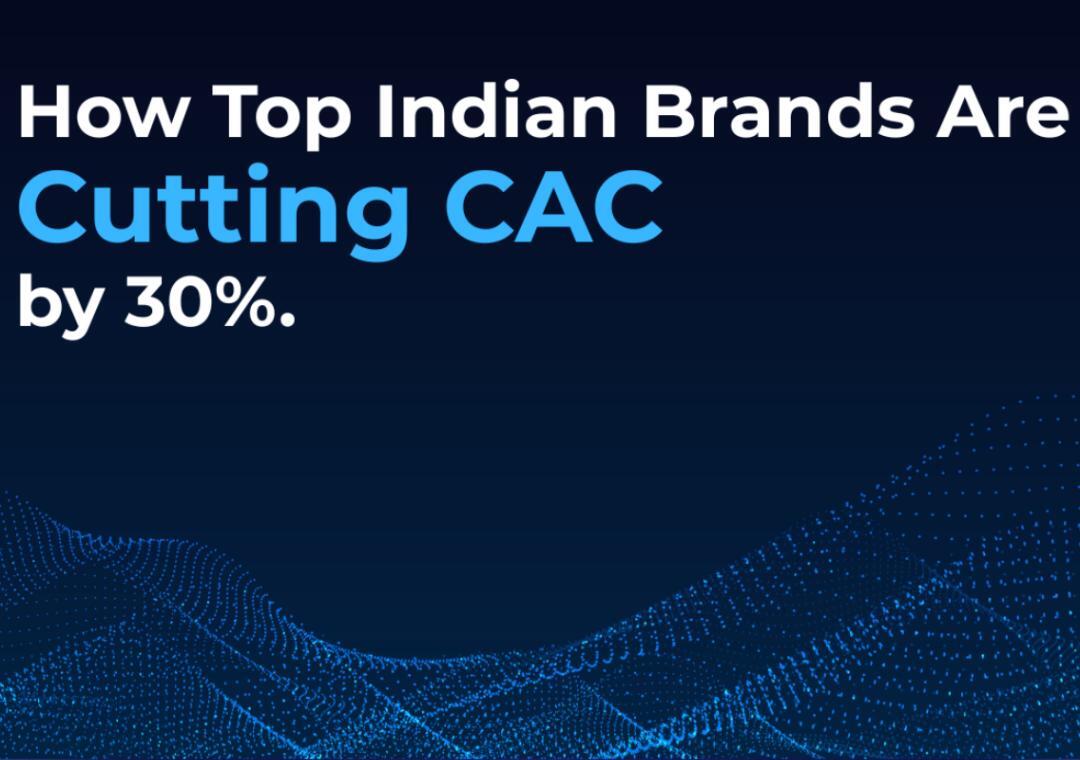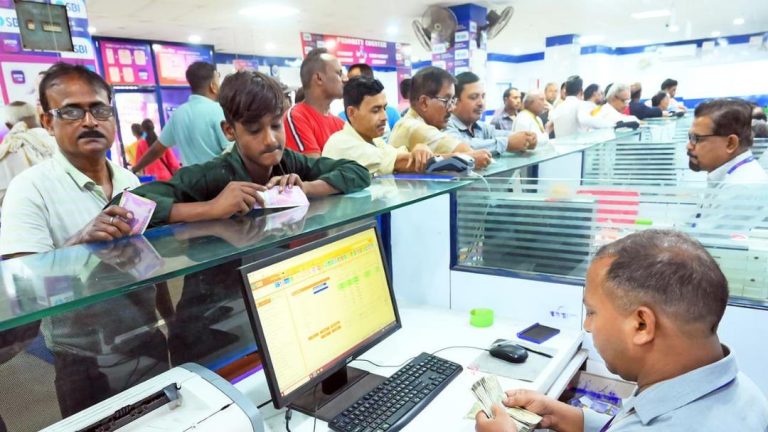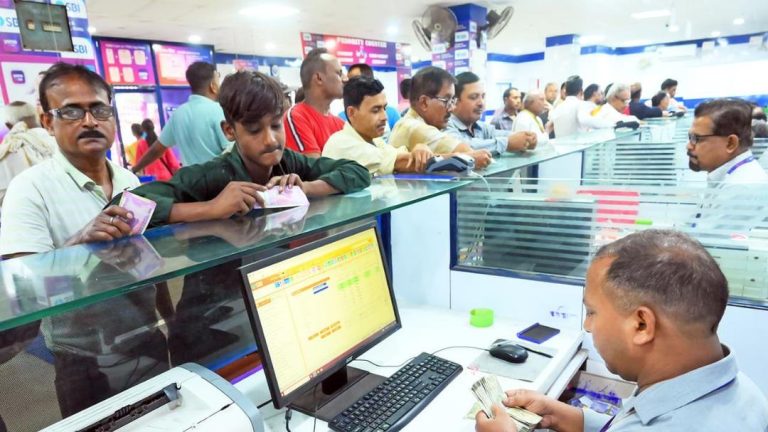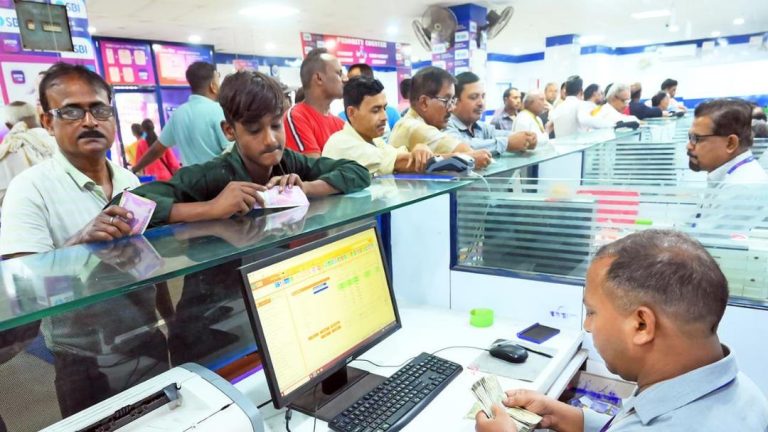
Indian Brands Slash CAC by 30% Using AI
In today’s digital landscape, customer acquisition costs (CAC) have become a major concern for e-commerce businesses. With the rise of digital marketing, the cost of acquiring new customers has increased significantly, making it essential for businesses to optimize their marketing strategies to reduce CAC. For Indian D2C brands, the challenge is even more pronounced due to the intense competition in the market.
However, a recent trend has emerged that has helped leading Indian D2C brands cut CAC by up to 30%. By leveraging the power of AI, these brands have been able to identify high-intent users early in the funnel and target them with precision. In this blog post, we’ll explore how Indian brands are using AI to reduce CAC and what strategies they’re employing to achieve this feat.
The Problem of CAC
Before we dive into the solution, let’s understand the problem of CAC. CAC refers to the cost of acquiring a new customer, including the cost of advertising, marketing, and sales. In recent years, CAC has increased significantly due to the rise of ad blockers, increased competition, and the increasing cost of digital marketing channels.
For Indian D2C brands, CAC is a major concern. With the intense competition in the market, it’s becoming increasingly difficult to acquire new customers at a reasonable cost. According to a recent report, the average CAC for Indian D2C brands is around 15% of the customer’s lifetime value. This means that for every rupee spent on customer acquisition, the brand can expect to earn only 85 paise.
The Solution: AI-Powered Predictive Signals
To reduce CAC, Indian D2C brands are turning to AI-powered predictive signals. These signals use machine learning algorithms to analyze customer behavior and identify high-intent users early in the funnel. By targeting these users with precision, brands can increase conversions and reduce CAC.
Intellsys, a leading AI-powered marketing platform, has been working with top Indian D2C brands to help them reduce CAC. Using Intellsys’ predictive signals, these brands have been able to identify high-intent users early in the funnel and target them with precision.
How AI-Powered Predictive Signals Work
AI-powered predictive signals work by analyzing customer behavior across multiple touchpoints. These touchpoints can include social media, email, search, and other digital channels. By analyzing this behavior, the AI algorithm can identify patterns and trends that indicate customer intent.
For example, if a customer is searching for a specific product on Google and then visiting a brand’s website, the AI algorithm can identify this behavior as a sign of intent. Similarly, if a customer is abandoning their cart or leaving a website without converting, the AI algorithm can identify this behavior as a sign of disinterest.
Case Studies: How Indian Brands are Using AI to Reduce CAC
Several Indian D2C brands have successfully used Intellsys’ predictive signals to reduce CAC. Here are a few case studies:
- XYZ Fashion: XYZ Fashion, a leading fashion brand in India, was struggling to reduce CAC. Using Intellsys’ predictive signals, the brand was able to identify high-intent users early in the funnel and target them with precision. As a result, XYZ Fashion was able to reduce CAC by 25%.
- ABC Electronics: ABC Electronics, a leading electronics brand in India, was facing challenges in reducing CAC. Using Intellsys’ predictive signals, the brand was able to identify high-intent users early in the funnel and target them with precision. As a result, ABC Electronics was able to reduce CAC by 30%.
- PQR Beauty: PQR Beauty, a leading beauty brand in India, was struggling to reduce CAC. Using Intellsys’ predictive signals, the brand was able to identify high-intent users early in the funnel and target them with precision. As a result, PQR Beauty was able to reduce CAC by 28%.
Benefits of AI-Powered Predictive Signals
The benefits of AI-powered predictive signals are numerous. By using these signals, Indian D2C brands can:
- Reduce CAC: By targeting high-intent users with precision, brands can increase conversions and reduce CAC.
- Increase conversions: By targeting users who are most likely to convert, brands can increase conversions and revenue.
- Improve customer experience: By targeting users who are most likely to convert, brands can improve customer experience and reduce the number of unwanted ads.
- Increase ROI: By reducing CAC and increasing conversions, brands can increase ROI and improve their marketing efficiency.
Conclusion
In conclusion, Indian D2C brands are using AI-powered predictive signals to reduce CAC and improve customer acquisition. By targeting high-intent users with precision, these brands can increase conversions and reduce CAC. With the rise of digital marketing, AI-powered predictive signals are an essential tool for any marketer looking to optimize their marketing strategy and improve customer acquisition.
Source:
https://www.growthjockey.com/blogs/how-top-indian-brands-are-cutting-cac-by-30-with-intellsys






